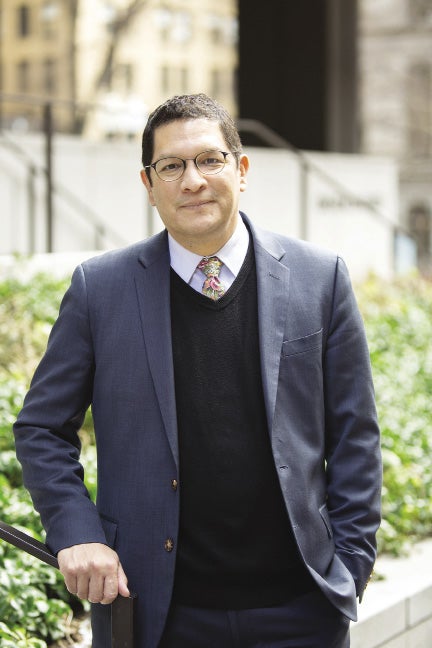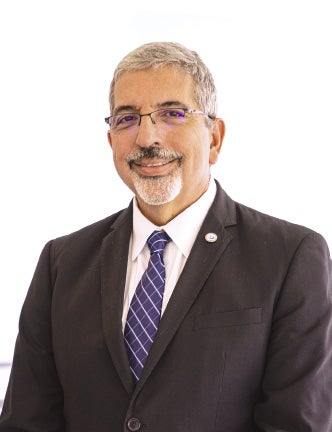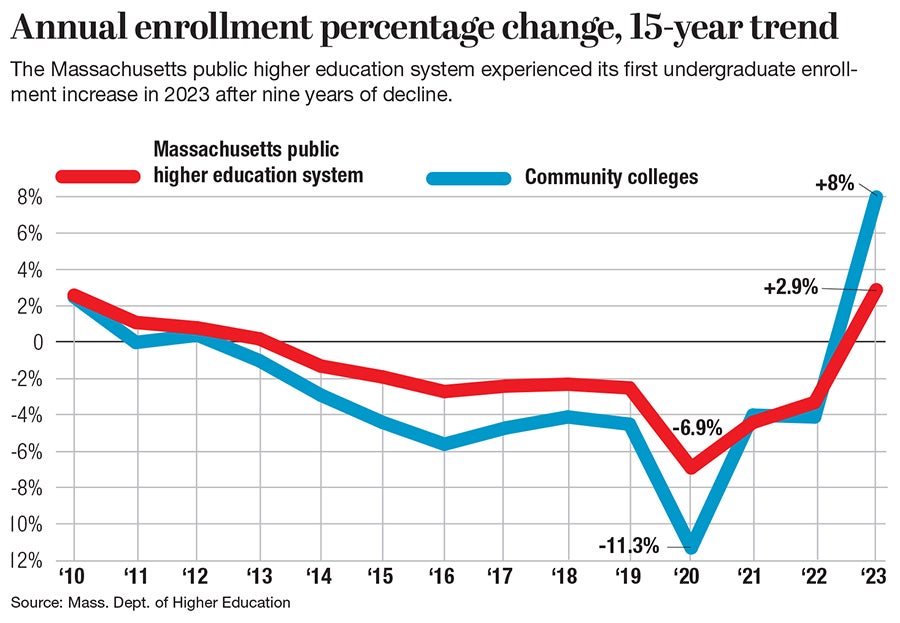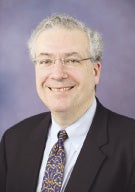Becker College’s 2021 closing contained a lesson for Central Massachusetts schools heading into the next decade.
Get Instant Access to This Article
Subscribe to Worcester Business Journal and get immediate access to all of our subscriber-only content and much more.
- Critical Central Massachusetts business news updated daily.
- Immediate access to all subscriber-only content on our website.
- Bi-weekly print or digital editions of our award-winning publication.
- Special bonus issues like the WBJ Book of Lists.
- Exclusive ticket prize draws for our in-person events.
Click here to purchase a paywall bypass link for this article.
Becker College’s 2021 closing contained a lesson for Central Massachusetts schools heading into the next decade.
The New England Commission of Higher Education and Massachusetts Department of Higher Education (DHE) first announced that the private college had begun considering closure as an option due to financial difficulties earlier that year.

Becker – with campuses in Worcester and Leicester – was the tenth-largest school in the region at the time by enrollment, according to a WBJ article by Grant Welker, with 1,698 undergraduate and graduate students. But according to the state DHE, it was stymied by increased costs, the pandemic, and fewer high schoolers entering college.
Dependence on student tuition to stay afloat added to its fiscal stress, said Noe Ortega, Massachusetts DHE commissioner.
Past shapes the future
A shift in student demographics has been in motion for quite some time, with “traditional” students’ age, race and circumstances fluctuating for years now, Ortega said.
So, higher-education institutions are enacting new ways of doing business in order to remain profitable, relevant and valuable, he said, methods that will continue to blur the lines of what a traditional student looks like in 2034.
“Colleges vulnerable to closure are the ones that are still making a business out of the 18- to 24-year-old student exclusively; that are chiefly tuition-driven in terms of revenue; and that are mission-driven without being adaptable, agile and flexible,” Ortega said.

Quinsigamond Community College President Luis Pedraja said that with so many jobs requiring more technology – such as the use of artificial intelligence – community colleges are ideal.
“There is free community college [through MassConnect] for those who haven’t earned their bachelor’s yet,” he said. “For those with degrees who are reskilling and upskilling, there are micro-credentials – some are even paid for by the state – and then we have what are called stackable degrees, for the higher-level degrees. So we can meet the needs of employers and the job market,” either in a classroom or online.
Ortega pointed to a recent report showing more students with degrees being underemployed.
“But when they add a certificate in programming or AI, they will find themselves more employable,” he said.
Calling it “lifelong learning,” Pedraja predicted more students with degrees will attend community colleges over the next 10 years to be more competitive.
Not only helping them manage their educations, “we are helping them manage life,” Pedraja said.

Pedraja said about half the students at Quinsig report food insecurity, but QCC is there to accommodate.
What used to be a food donation closet has now expanded to two rooms and refrigerators, with the culinary program tied in as well as a partnership with Goya Foods. QCC students can order and pick up food via an app. A refrigerated truck transports food to the satellite campuses.
Eleven percent of QCC students – some with children – report housing insecurity, Pedraja said, so QCC partners with Worcester State University and local hotels to provide shelter.
A childcare program is in development so QCC students can attend classes while their children are looked after, Pedraja said. All of these factors, as well as education in core subjects such as critical thinking, time management, and ESL are part of what higher-education institutions of tomorrow must offer, he said.

Massachusetts Department of Higher Education Chairman Chris Gabrieli sees the future as one where colleges’ silos of time and space break down. Traditional campuses are no longer the norm, he said. Students will engage with colleges at different points in their lives, in person and online.
Early college, or dual enrollment, starting as early as Grade 9, is one example.
“There are more than 50 designated early-college partnerships in Massachusetts serving more than 8,000 students,” Gabrieli said in an email. “Early college not only reduces the cost and time of a degree, but it demystifies the college experience,” instilling confidence and encouraging students who otherwise may not ever attend college at all.
Reducing barriers across all categories is what will help this industry survive in 2034 – and supply our workforce with the employees it needs.
